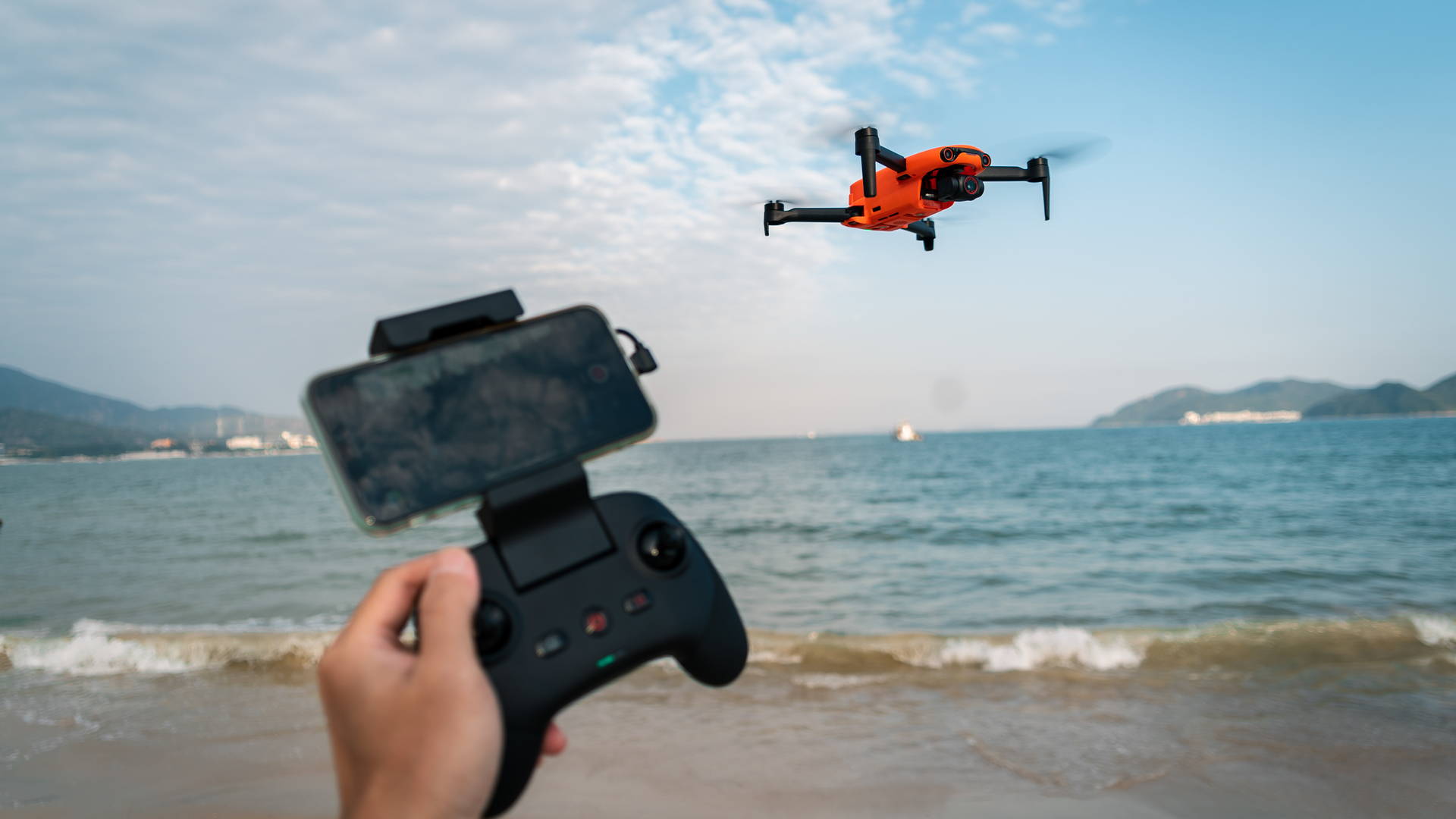

The average modern drone is very easy to fly – especially if you pick one of the best drones for beginners, all of which are designed to make the experience as intuitive as possible. But there are still a few mistakes that everyone makes the first few times they take to the sky. To speed up the learning process, I've put together this list of three drone flying traps it's all too easy to fall into if you're new the hobby.
1. Ignoring firmware updates
Drone manufacturers push out firmware and navigation data updates on a pretty frequent basis, especially during the first few months after a drone has gone on sale. These often add extra features, iron out glitches and make flying safer, so it's important to make sure that you keep your drone as up to date as possible. In some cases, you may find that you can't actually fly your drone without installing an update and there is nothing as frustrating as crouching over your drone trying to update the firmware at your take-off location as you watch the amazing sunlight disappear!
To avoid disappointment, after you've finished charging the batteries, always start-up your drone and check if there are any updates available. If there are, you can make them in the comfort of your cosy home with a decent Wi-Fi signal instead of at dawn in a frosty field with zero reception.
2. Flying aimlessly
Flying a drone is fun. Today's best drones enable you to zip around the sky checking out a location from all sorts of new angles and then when the battery starts to run low, you plop it down on the ground. Simple.
But flying aimlessly means you don't develop the piloting skills that you need to get you out of tricky situations or help you get the cool video you really want.
In the early days, spend some time flying in circles until you can get neat, perfectly shaped circles that are the same size every time. Then move on to ovals and figures of eight, flying both clockwise and anti-clockwise. You'll soon get a better handle on your drone.
Next, when it comes to landing, don't just rely on the auto-landing feature or plonk the drone down wherever it happens to be when it runs out of power, fly to a specific point and land it carefully – ideally on a landing mat. Developing your landing skills will really help if you're flying over long grass or in tight spots where a propeller could easily clip something so you end up crashing or breaking a prop.
Get all the latest news, reviews, deals and buying guides on gorgeous tech, home and active products from the T3 experts
3. Flying too fast
We all want to fly fast and nip about making zippy turns, but when you watch the video back, you'll soon realise it's a mistake. As a general rule, slow and steady works best without any sudden changes in direction when you're recording video. Save the fast flying for getting to and from a shooting location, but make sure that you allow plenty of braking time as you approach an object!
Angela has been Amateur Photographer magazine’s Technical Editor and Head of Testing for Future’s photography portfolio. She’s a widely respected editor, writer and reviewer as well as a CAA-qualified drone pilot.
